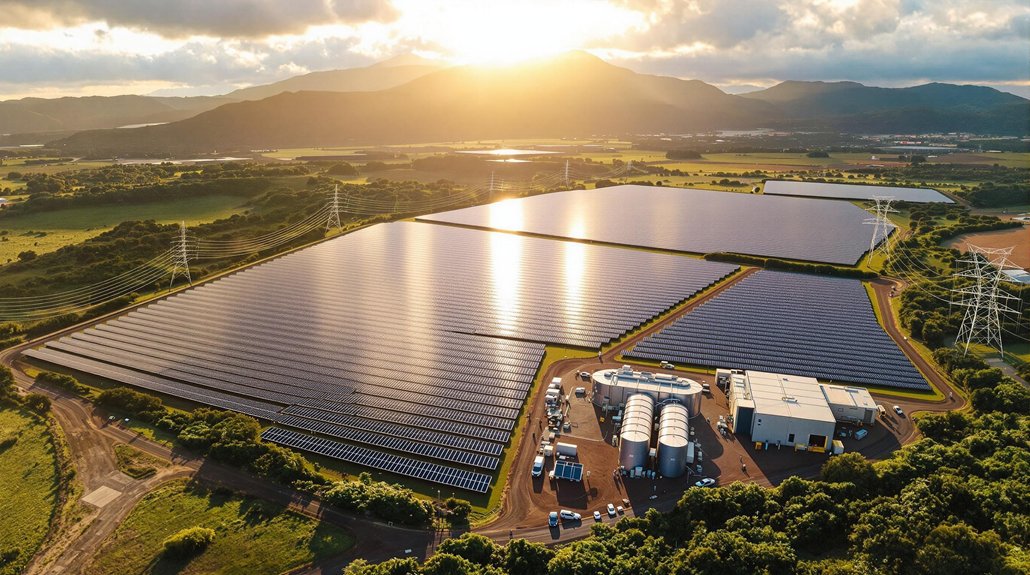Farmers across America are turning cow manure into electricity through innovative biodigester technology. These systems capture methane from decomposing waste and convert it to renewable energy that powers farms and nearby communities. The process also creates nutrient-rich fertilizer as a byproduct. “It’s a win-win situation,” says Iowa farmer Tom Jenkins. “We’re reducing emissions while creating a new revenue stream.” The question remains: could this agricultural waste solution help solve our nation’s energy challenges?
A quiet transformation is taking place on farms across the country, and it’s powered by something most people avoid discussing: manure. Farmers are finding new ways to turn animal waste into valuable energy through a process called anaerobic digestion. This process breaks down manure to produce biogas rich in methane, which can then generate electricity.
The numbers are impressive. Manure-derived energy could produce about 100 billion kilowatt hours of electricity, enough to power millions of homes across America. This renewable energy source offers a carbon-negative solution, meaning it actually reduces greenhouse gases rather than just limiting new emissions.
Modern farms are installing special equipment like biodigesters and nutrient concentration systems. These technologies maximize energy production while capturing methane that would otherwise escape into the atmosphere. By preventing this release, farms reduce greenhouse gas emissions by millions of metric tons.
Today’s farms are becoming clean energy factories, turning waste into power while helping heal our climate.
The benefits extend beyond energy production. When applied to land, manure increases soil carbon storage and improves water retention. It reduces soil erosion by 13-77% and water runoff by 1-68%. These improvements help crops grow better without relying on synthetic fertilizers. Similar to green manure, this approach helps break disease cycles by disrupting the conditions that certain pests and pathogens need to thrive.
For farmers, the economic advantages are clear. They can sell surplus electricity or biogas to create new income streams. Their operations become more self-sufficient, with lower costs for energy and fertilizer. Some qualify for renewable energy subsidies or carbon credits, further improving their bottom line.
On a national scale, experts estimate that widespread adoption of manure-to-energy technologies could contribute to a 4% reduction in emissions from power generation. This makes livestock farms important players in climate change mitigation efforts. Like other biofuels, manure-based energy delivers energy security benefits by providing domestically-sourced fuel that reduces dependence on imported oil.
As these technologies become more accessible, they’re creating a circular economy on farms. The transportation sector significantly benefits as well, with renewable natural gas from manure offering a cleaner alternative with up to 400% GHG reduction compared to fossil fuels. What was once considered a waste management challenge is now a valuable resource. Manure’s transformation from problem to power source represents one of agriculture’s most promising paths toward sustainability and energy independence.









